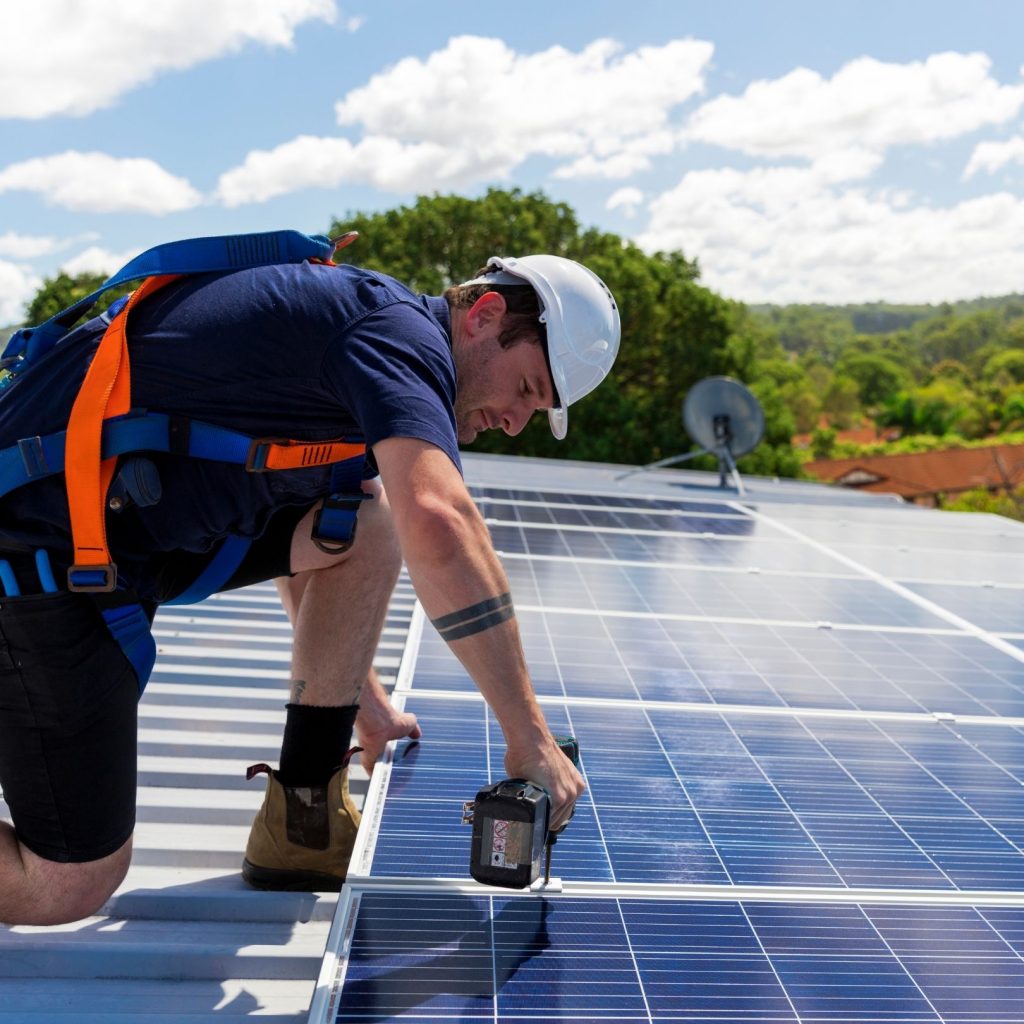Solar energy is by far the earth’s most abundant energy source, and more and more households are going solar every year. In this article, we’ll explain what exactly solar power is, its benefits and how much it costs to make the switch.
What is Solar Energy?


Solar energy is simply energy from the sun. We can use solar panels to absorb the sun’s light rays and convert them into usable electricity. This can then be used to power households, factories and other types of buildings.
Solar panels consist of of silicon photovoltaic (PV) cells which can absorb sunlight rays and use them to produce electricity as a result of the Photovoltaic Effect.
Is Solar Energy Really Carbon-Free?
Unlike electricity produced from gas or coal power stations, electricity produced from solar panels doesn’t release carbon or any other pollutants into the atmosphere, as nothing is burned in the process.
However, solar energy isn’t completely carbon-free, as some pollutants are released during the production of the solar panels. But, on the whole, solar power is still a much cleaner source of energy than electricity from more conventional coal or gas power stations.
The Pros of Solar Energy
There are two main reasons people decide to switch to solar power: to save money and to reduce their carbon footprint.
Although going solar requires a significant initial investment to pay for the solar panels and their installation, it’s typically a good decision from a financial standpoint in the long run, as your energy bills will be significantly reduced.
In fact, some households which produce surplus electricity can even sell it to their local power company for a profit.
Secondly, as discussed, solar power is a much cleaner source of energy that what’s currently powering your home, so making the switch is one of the best ways to considerably slash your carbon footprint and help you do your bit to make the earth a more sustainable place to live.
The Cons of Solar Energy
The biggest potential drawback of making the switch to solar power is the high initial cost (as we’ll discuss in the next section.)
Another con of solar energy is the fact it’s not equally effective in all parts of the world. For instance, if your city or town doesn’t have a particularly sunny climate, it may be difficult for you to get a good return on your investment if you go solar.
How Much Does it Cost?
There are many different factors which influence the cost of making the switch to solar power, such as the size of your house, your average monthly electricity consumption, and the climate of where you live (specifically, how many days of sunlight you get per year.)
However, as an average figure, you can expect to pay around $20,000 to go solar. Many people are turned off the idea of switching to solar energy due to the high initial cost, but the good news is most Americans can receive significant financial support via solar incentives.
Furthermore, there are also private financing options which can help you pay off this amount over time.
A Quick Summary
- Solar energy is by far the earth’s most abundant energy source.
- Going solar can be a great way to reduce your carbon footprint and save yourself a bundle of cash in the long run.
- It’s not entirely carbon-free, as some pollutants are released when the solar panels are manufactured.
- Going solar requires a significant initial investment, but government subsidies and private financing can help you meet this cost.
- It’s a good idea to shop around and read reviews on solar energy companies so you can find the best deal for you.






